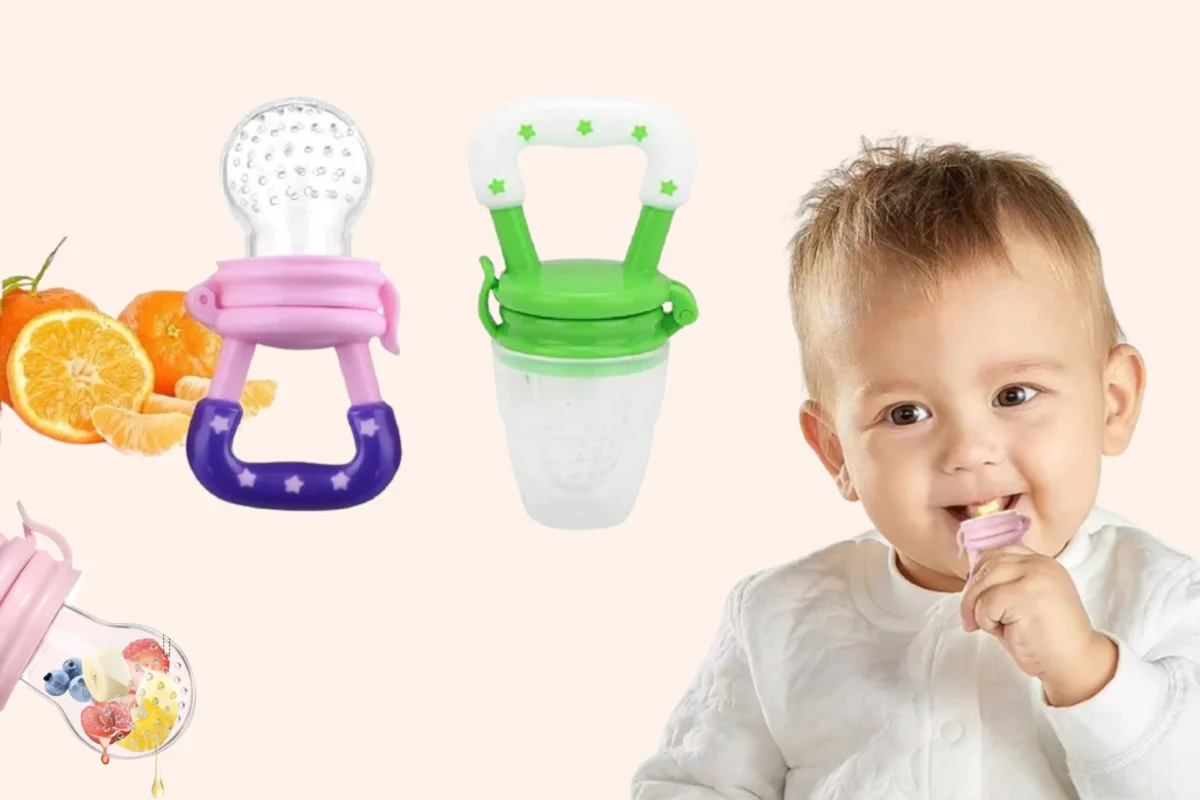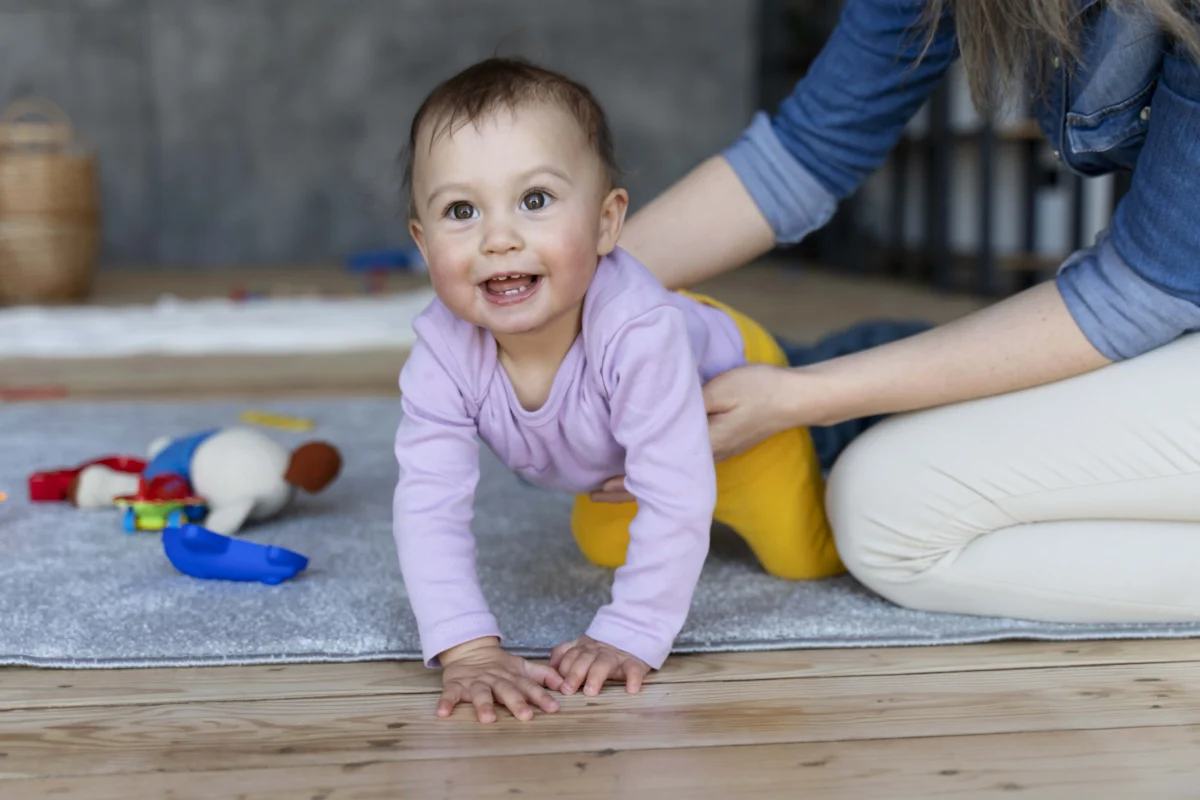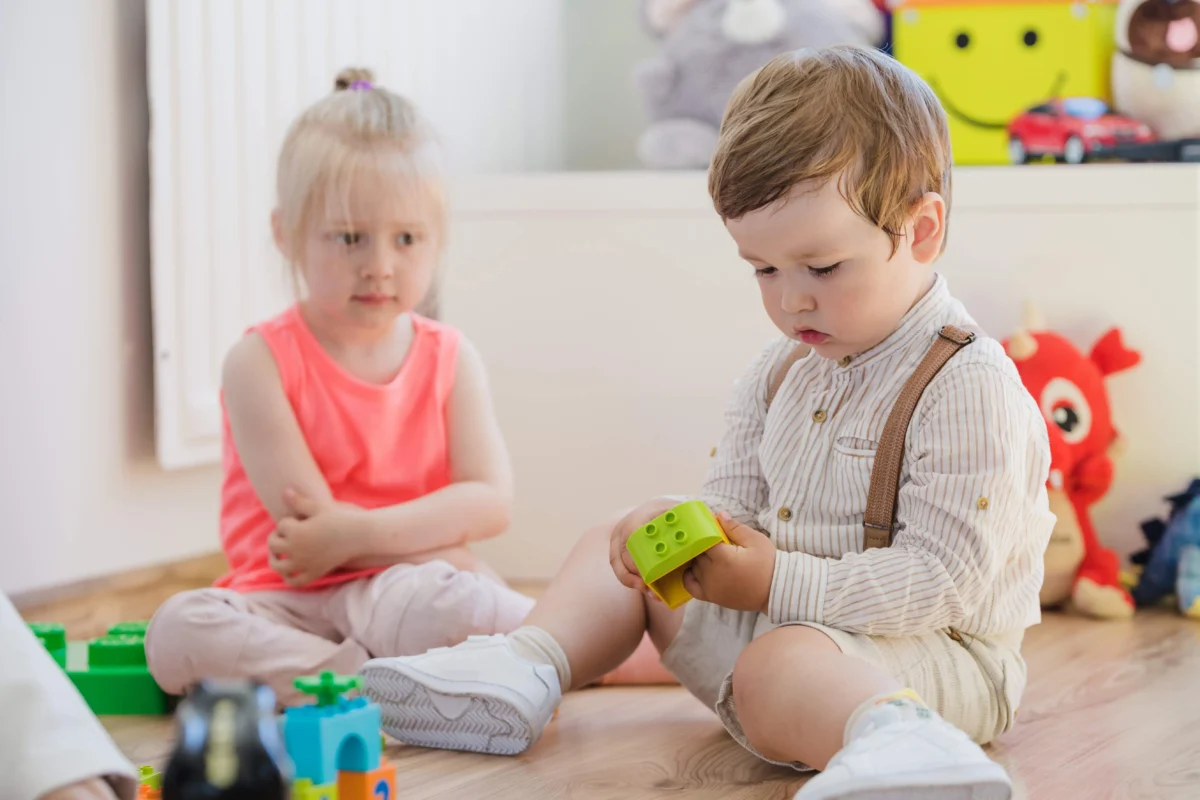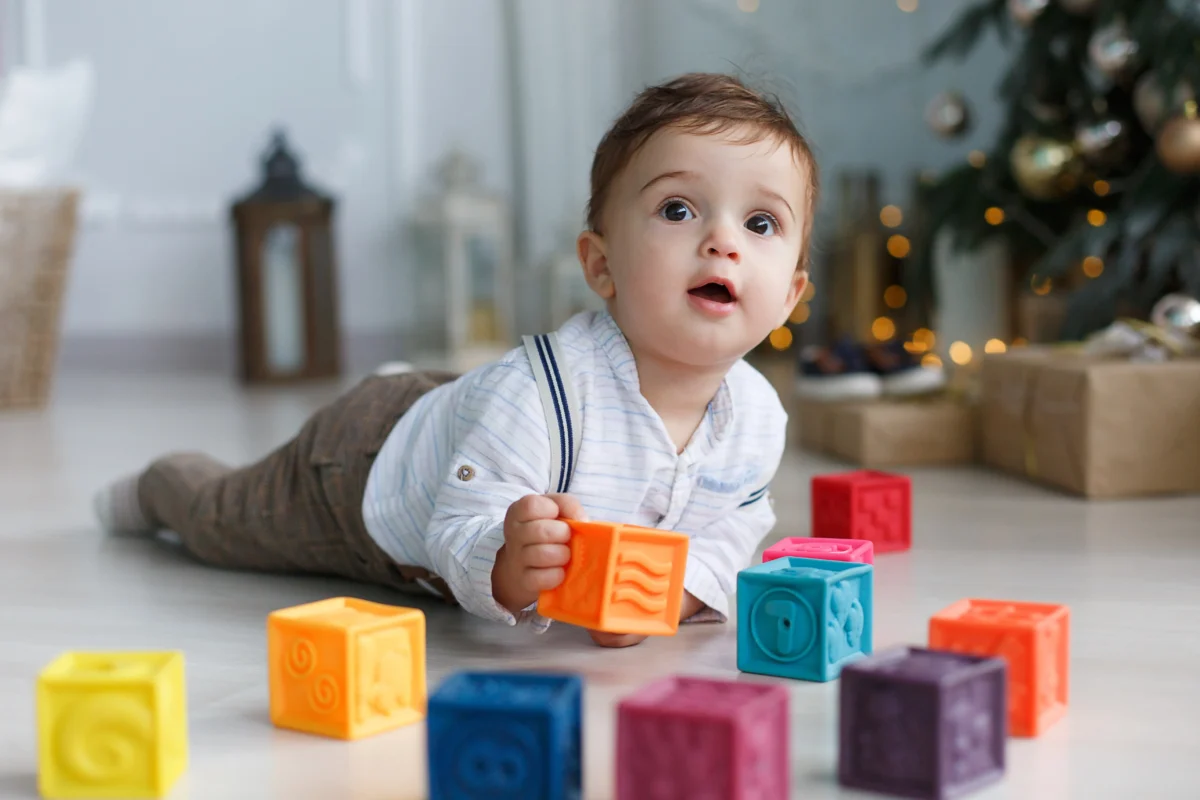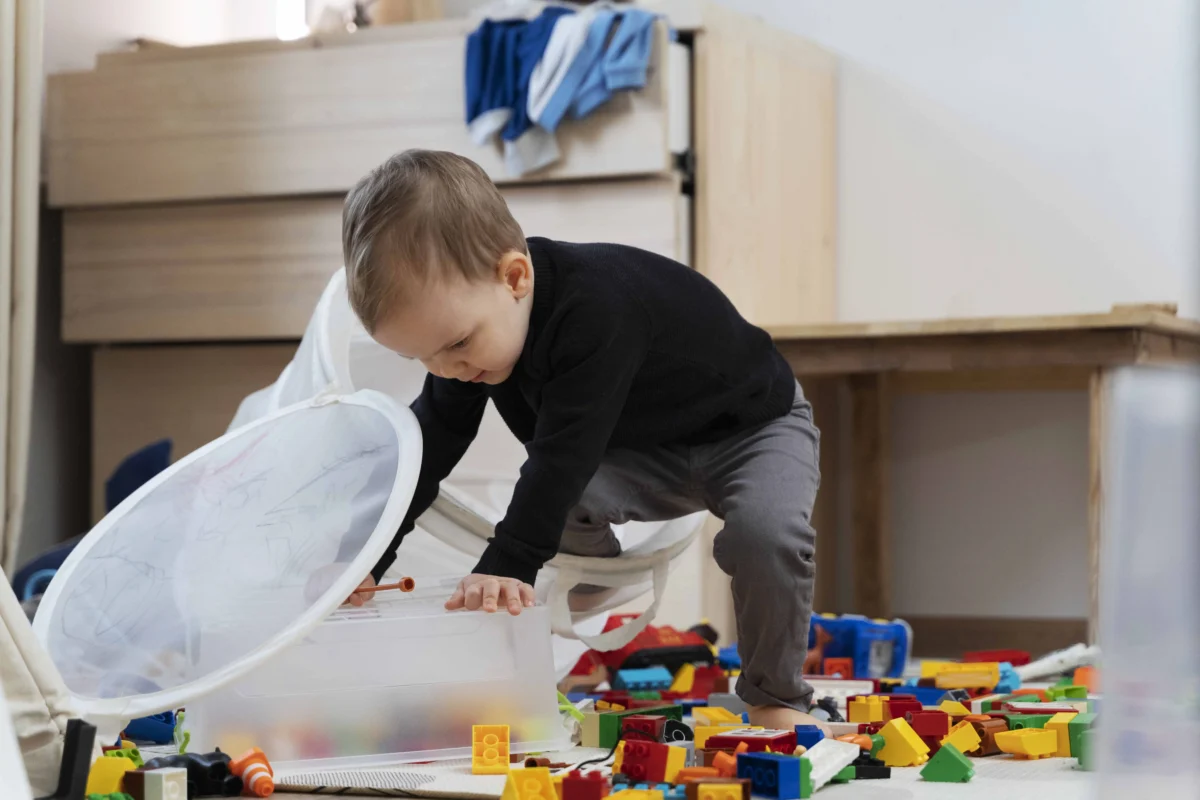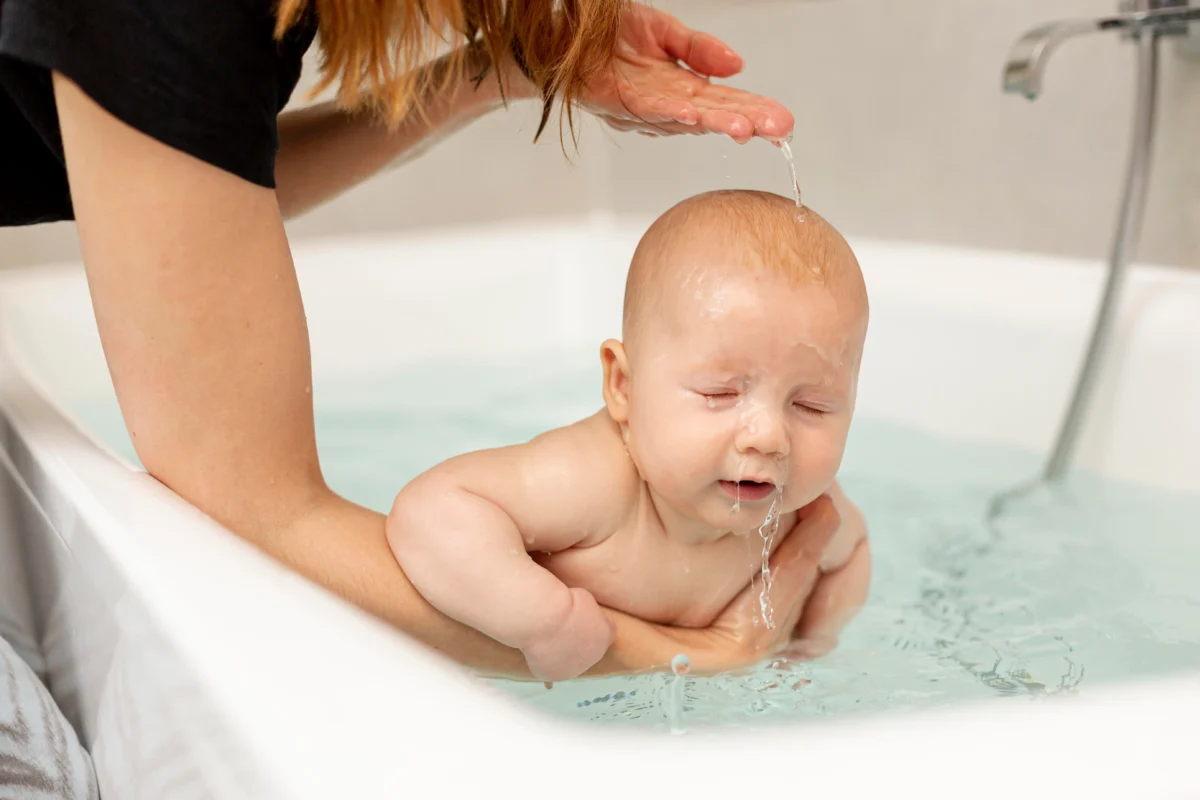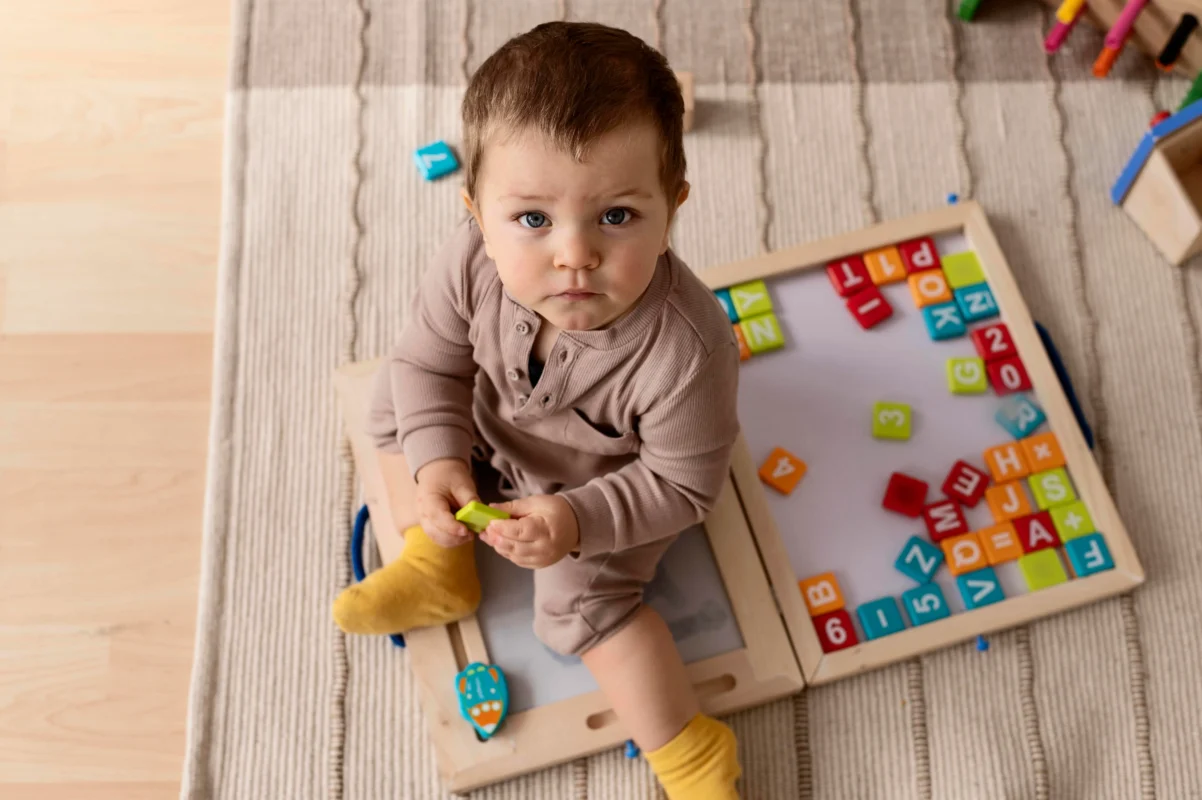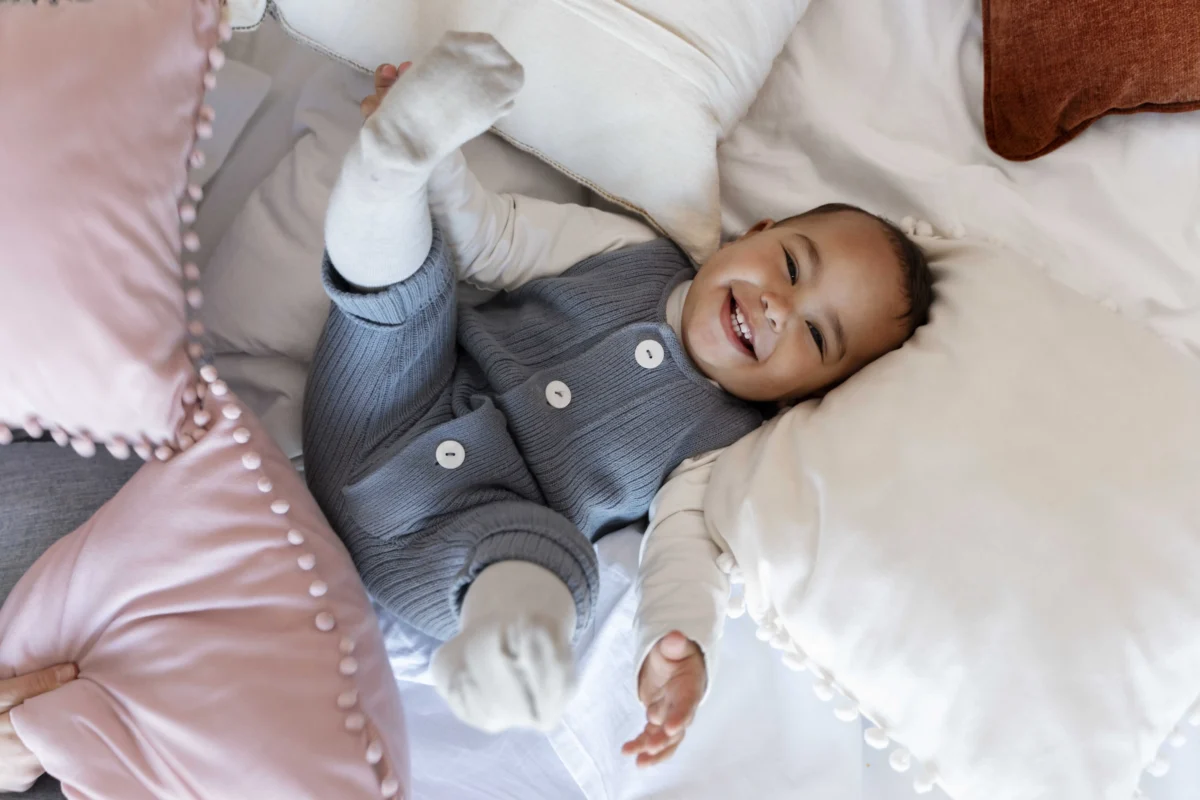Creating the perfect sleep environment for your baby is essential for ensuring their comfort, safety, and quality of rest. A well-designed sleep space can help your baby fall asleep more easily and stay asleep longer, leading to better overall health and well-being.
1. Choose the Right Sleep Space
The foundation of a perfect sleep environment starts with selecting an appropriate sleep space for your baby.
a. Safe Crib or Bassinet
- Safety Standards: Ensure that the crib or bassinet meets current safety standards. The crib should have a firm mattress that fits snugly without any gaps, and the slats should be no more than 2⅜ inches apart.
- Avoid Soft Bedding: Use a fitted sheet on the mattress and avoid placing pillows, blankets, or stuffed animals in the crib to reduce the risk of suffocation.
b. Transition to a Toddler Bed
- When to Transition: Consider transitioning to a toddler bed when your child is around 2 to 3 years old, or when they outgrow their crib. Ensure the bed is low to the ground and has guardrails to prevent falls.
2. Optimize Room Temperature
Maintaining an ideal room temperature is crucial for your baby’s comfort and safety.
a. Ideal Temperature Range
- Recommended Temperature: Keep the room temperature between 68°F (20°C) and 72°F (22°C). This range helps prevent overheating and keeps your baby comfortable throughout the night.
- Monitor Temperature: Use a room thermometer to monitor the temperature accurately. Adjust the thermostat or use a fan to maintain the ideal temperature.
b. Dress Your Baby Appropriately
- Layering: Dress your baby in light, breathable layers to avoid overheating. A wearable blanket or sleep sack can provide warmth without the need for loose bedding.
- Avoid Overbundling: Avoid overbundling your baby, as this can lead to overheating. Check their temperature by feeling their neck or back.
3. Control Light and Noise
Creating a calming atmosphere in your baby’s sleep space involves managing light and noise levels.
a. Manage Light
- Dim Lighting: Use dim lighting or a nightlight in the nursery to create a soothing environment. Avoid bright lights that can disrupt your baby’s sleep patterns.
- Blackout Curtains: Install blackout curtains or shades to block out external light and create a dark, sleep-friendly environment.
b. Control Noise
- White Noise: Consider using a white noise machine or a fan to provide a consistent, soothing background sound. White noise can help mask sudden noises and create a calming environment.
- Quiet Environment: Ensure the sleep area is quiet and free from disruptive sounds. Avoid playing loud music or having noisy conversations near the nursery.
4. Ensure Proper Ventilation
Good ventilation is important for maintaining air quality and ensuring your baby’s comfort.
a. Fresh Air Flow
- Ventilate Regularly: Open windows or use a fan to ensure proper air circulation and maintain a fresh air flow in the nursery. Proper ventilation helps prevent stuffiness and maintains a comfortable temperature.
- Air Purifiers: Consider using an air purifier to reduce allergens and improve air quality in the nursery, especially if you live in an area with high levels of dust or pollen.
b. Avoid Drafts
- Check for Drafts: Ensure that the nursery is free from drafts, which can make the room too cold or uncomfortable. Seal any gaps around windows and doors to maintain a consistent temperature.
5. Incorporate Comforting Elements
Adding comforting elements to your baby’s sleep environment can help them feel more secure and relaxed.
a. Soothing Scents
- Mild Aromas: Consider using a mild, baby-safe lavender or chamomile-scented diffuser to create a calming atmosphere. Ensure that any scents used are safe for infants and not overwhelming.
b. Soft Textures
- Comfortable Bedding: Use soft, hypoallergenic bedding that is gentle on your baby’s skin. Opt for breathable fabrics like cotton that are easy to wash and maintain.
c. Personalized Touches
- Familiar Items: Include familiar items in the nursery, such as a soft blanket or a favorite stuffed toy, to provide comfort and a sense of security.
6. Establish a Sleep Routine
A consistent sleep routine helps signal to your baby that it’s time to wind down and prepare for sleep.
a. Create a Bedtime Ritual
- Calming Activities: Incorporate calming activities into your baby’s bedtime routine, such as reading a story, singing a lullaby, or giving a warm bath. Consistent routines help your baby understand that it’s time to sleep.
b. Set a Regular Bedtime
- Consistent Schedule: Establish a regular bedtime and stick to it. Consistent sleep schedules help regulate your baby’s internal clock and promote better sleep patterns.
7. Monitor and Adjust
Regularly assess your baby’s sleep environment to ensure it continues to meet their needs.
a. Observe Sleep Patterns
- Watch for Changes: Pay attention to any changes in your baby’s sleep patterns or behavior. If you notice any issues, consider adjusting the sleep environment or routine as needed.
b. Make Adjustments
- Adapt to Growth: As your baby grows and their needs change, make necessary adjustments to their sleep environment and routine. Ensure that the space remains safe and comfortable as your child develops.
Conclusion
Creating the perfect sleep environment for your baby involves optimizing their sleep space, managing light and noise, ensuring proper ventilation, and incorporating comforting elements. By establishing a consistent sleep routine and regularly monitoring the environment, you can help your baby enjoy restful and restorative sleep. Implement these tips to provide a safe and soothing sleep space that supports your baby’s well-being and development.


